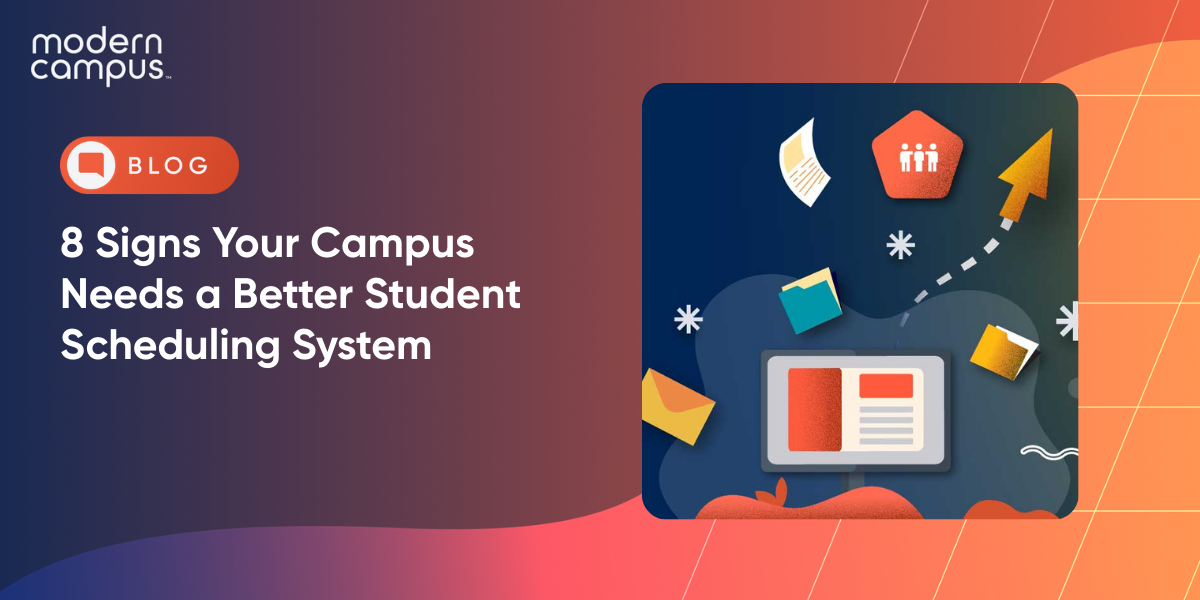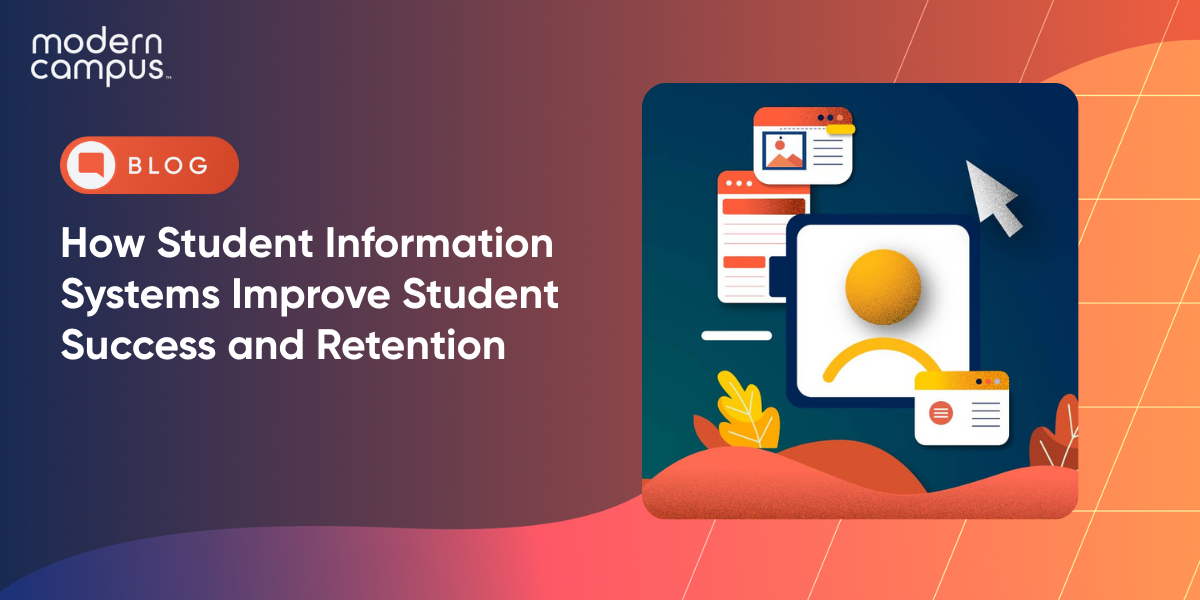Customer Service: Why It Matters in Continuing Education
Have you ever boycotted a restaurant because the service was so bad? What about talking
with a manager when a store clerk was rude or unhelpful? The respect and level of
customer service we’ve come to expect from retail is the same quality of customer
service that students expect—and should get—from continuing ed.
Continuing education serves a large population of non-traditional students, usually adults, who are juggling school and work. It’s a balancing act to manage priorities, and they need an educational partner who understands their unique needs and tailors services to accommodate for them. How those needs are met determines whether they’ll engage your services in the future. The bottom line, however, is that all students deserve excellent customer service from your institution.
What exactly does an excellent student experience mean on your campus?
Before working toward a common goal, you need to define what that goal is, who will oversee implementation, and the repercussions of not following through. You may have an excellent plan on paper, but the student experience you deliver is only as good as your weakest link.
For Syracuse University, delivering a positive student experience means anticipating students’ needs and working with students where they are. “Our students have diverse backgrounds, whether they have no college experience or some prior college experience, and we have to understand that they don’t necessarily know the questions they need to ask,” said Bea Gonzalez, vice president for Community Engagement at Syracuse University. “As such, we have to anticipate their needs and help them navigate higher education bureaucracies in a way that minimizes their stress. We have a one-stop shop and we’re moving to a no-stop shop—we’re trying to get to a point where all of our services can be done in a mobile environment.”
Engagement with your school should be easy.
Diane Johnson, program director for The Rocky Mountain Center for Occupational and Environment Health at the University of Utah, says that customer service in higher ed and continuing ed is about how institutions view and treat the individuals they serve. “Customer service includes anticipating user experience issues that could create barriers for student success or convenience and eliminating those,” said Johnson. “It also means eliminating wasteful or inefficient practices that drive up costs and diminish the student experience.”
Non-traditional students don’t have time to come in to meet with advisors or pay a bill. “They expect easy to find and use eCommerce options for application processing, tuition and fee payment, course registration, learning environments, library services, and transcript purchases,” said Johnson.
But even as processes are streamlined and simplified, it doesn't mean that the rigor and quality of education must be sacrificed. “Academic quality and customer service must go hand in hand,” said Johnson. “If it doesn't, the institution should re-examine its policies and practices.”
The student experience should mimic the retail experience they are accustomed to.
Amazon and Uber are eCommerce gurus that have set a high bar for online customer expectations. Higher ed must get on board with similar customer experiences to remain competitive, especially if your institution is one of the pricier options.
“As continuing education becomes increasingly commodified, leaders must understand that program offerings are only a part of creating a competitive advantage. If you’re not able to compete on price, you better be able to compete on service,” said Heather Chakiris, chief student experience officer at UCLA Extension.
There are four key characteristics of a successful eCommerce shopping experience that could be adapted to continuing ed:
1. Machine Learning and Predictive Commerce
Imagine having Alexa know which classes to register for, paying for those classes with a credit card on file, and doing it all in one sitting without a drive to the registrar’s office. This is the type of service students deserve. Even at the most elemental level, you should be able to provide alerts, be responsive, and structure academic pathways, all features that are common in quality content management systems.
2. High-Quality Online Shopping Experience
Amenities like shopping carts and clean and easy navigation could be integrated into academic learning management systems to make the online experience more user friendly.
3. Empowered Staff
Being able to make decisions instead of passing them to another department would be a huge step forward in customer service for academic institutions.
4. Customer Reviews
Reviewing classroom experiences and interactions with academic departments would revolutionize higher ed. Students already turn to external websites for this information; why not control the messaging by incorporating it into your school’s student experience?
When done right, student-centered customer service can boost admissions.
Institutions must cut the red tape and make it easy for all students to enroll and sign up for classes if they want to see a boost in enrollment. This is especially important for non-traditional students who don’t have the time to ruminate over decisions. One way to do this is to use a tool such as a shopping cart so that students can return to complete their registration when prompted. Indeed, studies found that this type of feature led to a 17% increase in revenue over a one-year period, generating $18.7 million from abandoned cart recovery.
“The rapid deployment of technologies that allow for immediate consumption of goods has flipped the script for consumers, including adult learners shopping for continuing education,” said Chakiris of UCLA Extension. “Adult learners may shop around, but when they’re ready to buy, your institution needs to be ready. If you’re not, another institution will be.”
Ready to engage non-traditional students on your campus?
Download 7 Ways to Attract and Retain New Audiences: Restructuring Higher Ed to Serve Learners for a Lifetime now.
Last updated: February 5, 2021



